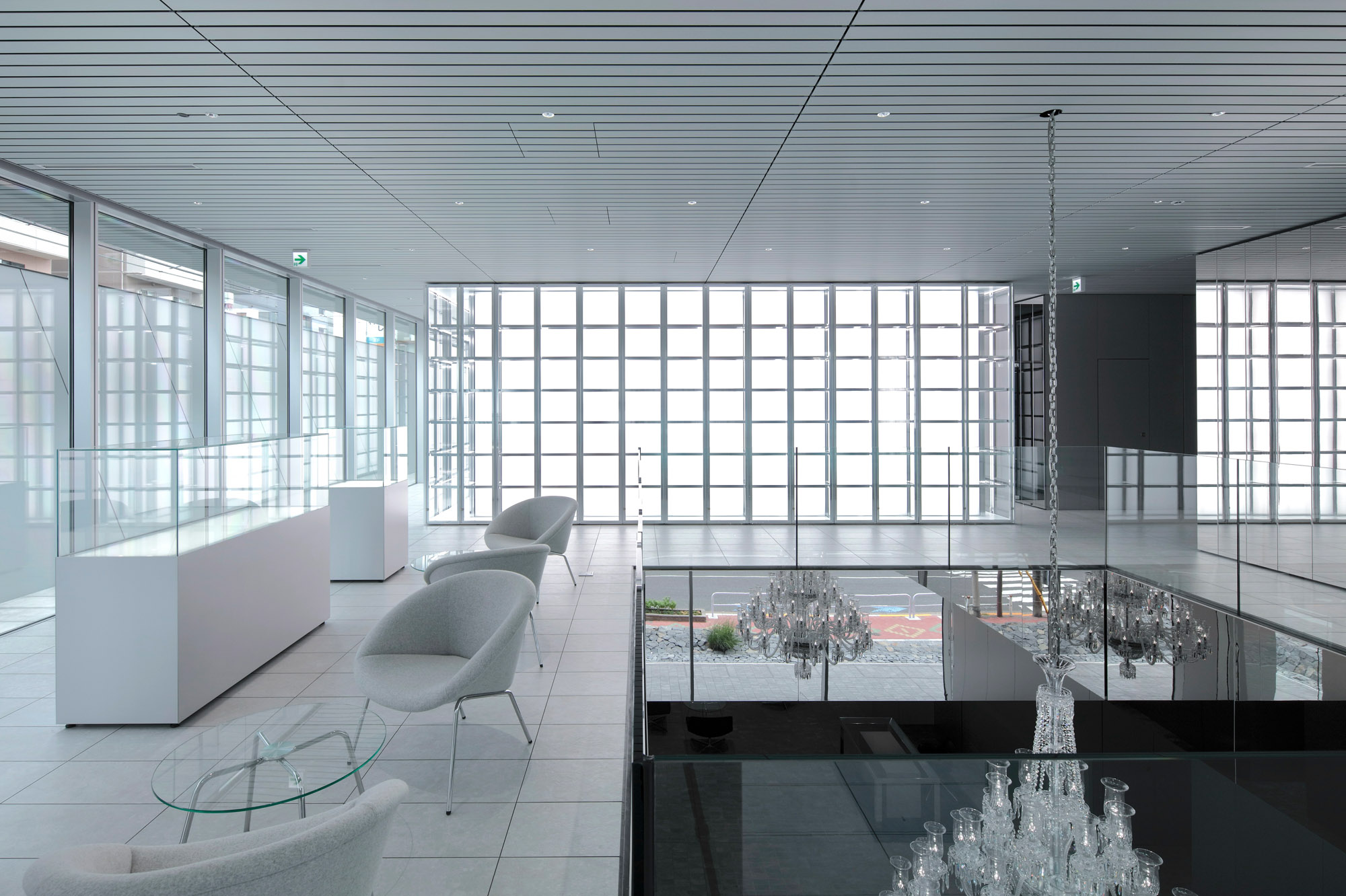
Monospinal, the HQ of a successful Japanese gaming company was born as a symbolic manifestation of its users’ world and values, conceived by Tokyo-based studio Makoto Yamaguchi Design to house the firm’s core creative hub in the Japanese capital’s Taito-ku ward.
The building’s distinctive vertical sawtooth outline, which gives it its striking spine-like appearance, makes a bold visual statement that sits well with Japan’s renowned animation aesthetics, but it gives little away about its internal goings-on. It was Yamaguchi’s blend of conceptual and practical architectural thinking that led to this final form. ‘The diagonal walls are designed to deflect noise from the elevated train tracks nearby and to softly invite light and wind into the building,’ he says. ‘That, and the fact that each layer is separated by a horizontal line, though each layer appears to overlap, guided the design development.’
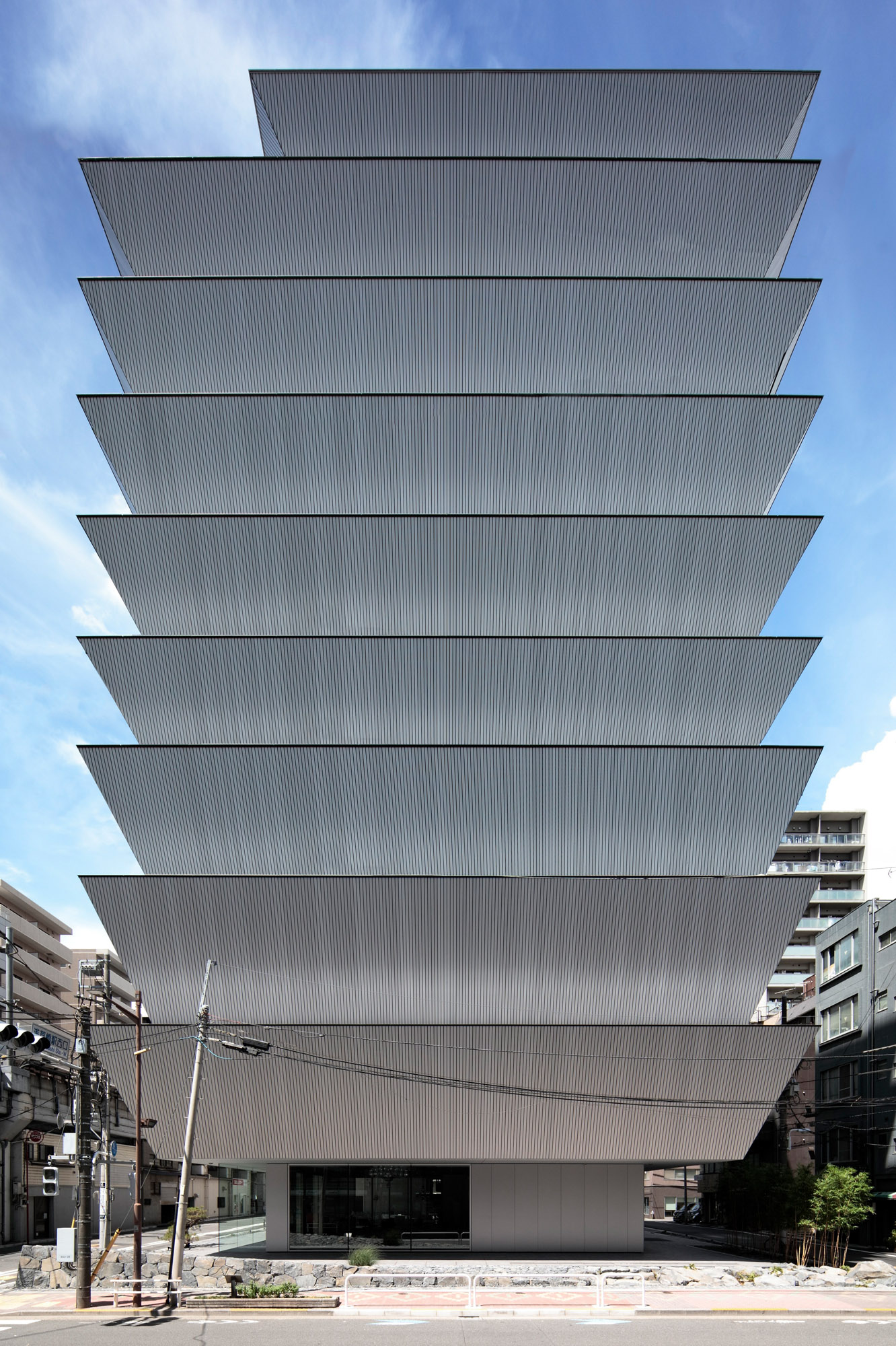
Monospinal: a symbolic manifestation of gaming worlds and values
The architect goes on to explain that he sought to avoid the harsh vertical lines that tall buildings are often associated with, using the layers to soften the structure’s profile and taking a leaf from the country’s rich architectural heritage. ‘It’s the same as the traditional Japanese wooden, multiple-tower structures that have been in use for more than 1,400 years.’
Each of the upward-slanted walls of the steel frame structure (which includes some vertical aluminium elements and was designed with the support of engineering firm Arup) corresponds to a floor in the building, of which there are eight above ground and one underground. The building’s lower levels feature higher ceilings and more discreet openings, revealing little of what goes on behind the façades. The higher a floor is located, the more the spaces open outwards to vistas, while a sheltered terrace on each floor ensures that there’s outside space available at every turn.
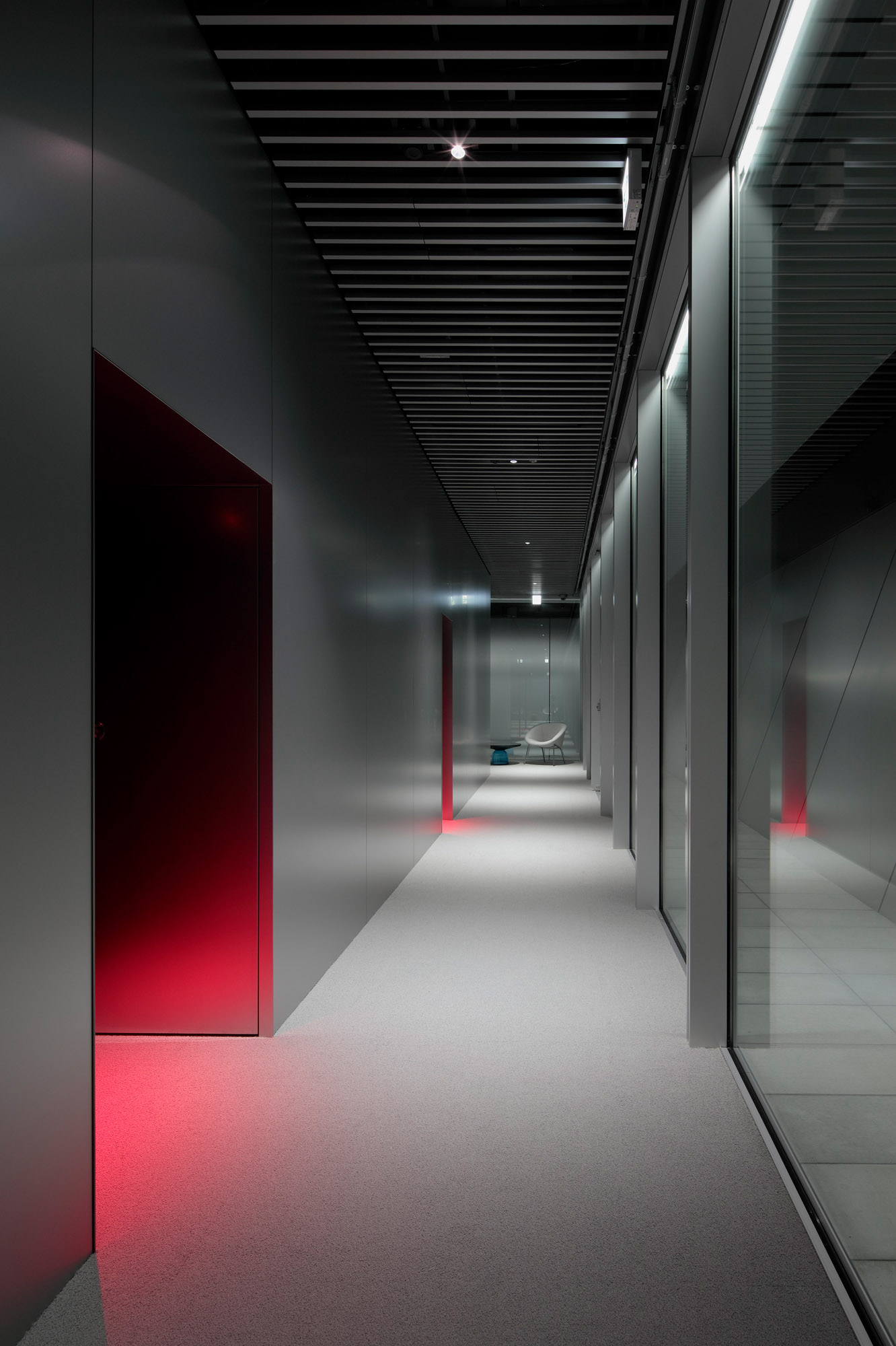
Levels two and three, which sit parallel with the adjacent train line, contain areas that require less natural light and benefit from seclusion, such as an auditorium and sound studios. Meanwhile, the fifth floor, where views start to open up towards the cityscape, is a designated communal space for employees to rest, socialise and exchange ideas; it includes a dining room, lounge and gym. Further up, the seventh floor is reserved for executive and VIP use.
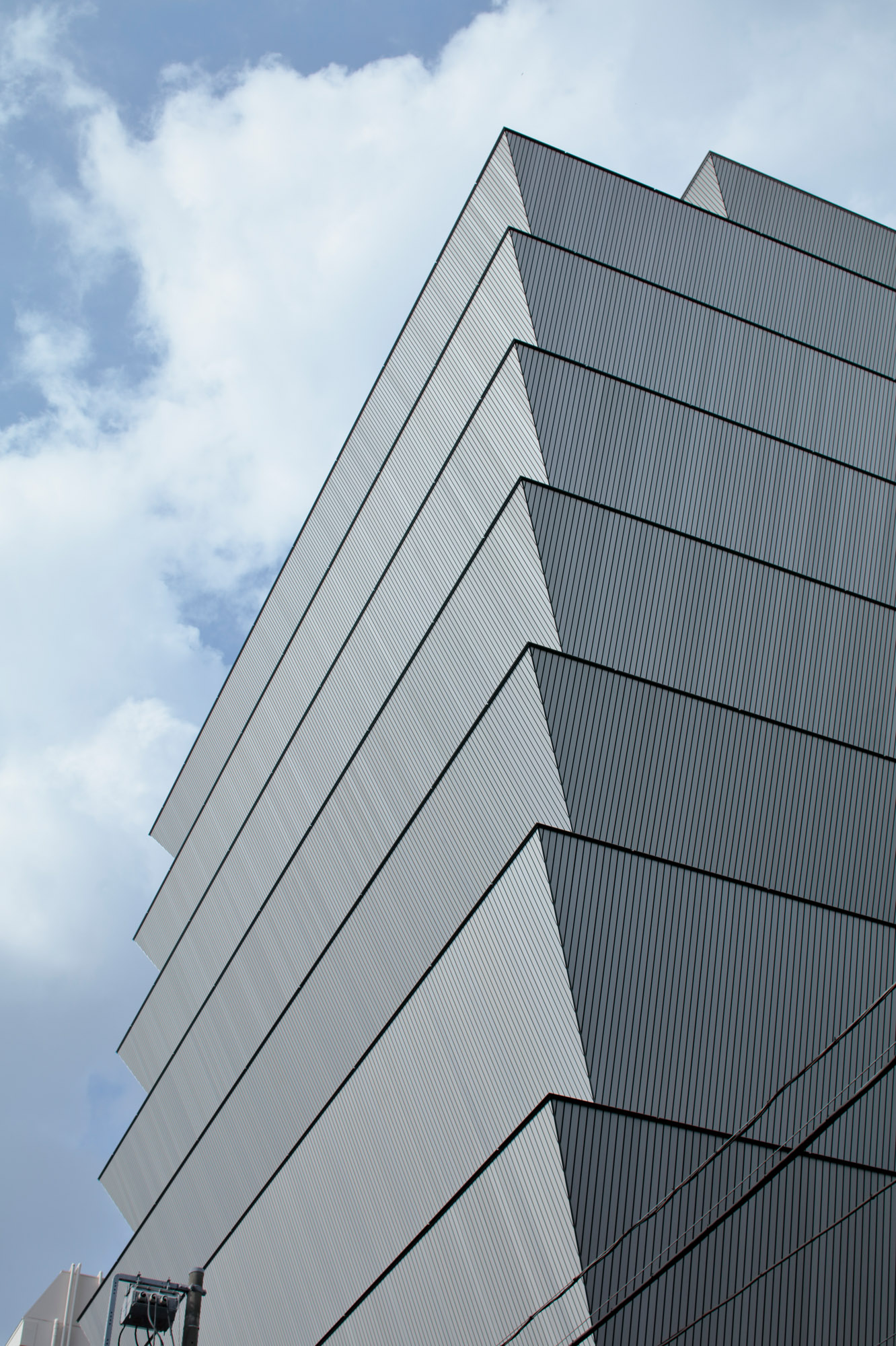
The seemingly disparate styles and furniture elements that punctuate Monospinal, from its monochromatically minimalist surfaces to its medieval-style chandeliers and contemporary Italian sofas and tables, are not as arbitrary as they may appear to be at first glance. Each element was chosen to reference specific video-game settings and worlds, nodding to different time periods and territories from the company’s arsenal. At the same time, the skin’s grey, subtly textured exterior surface can easily blend with the skies beyond, or look like ‘a huge 3D computer graphic image’ when lit in certain ways.
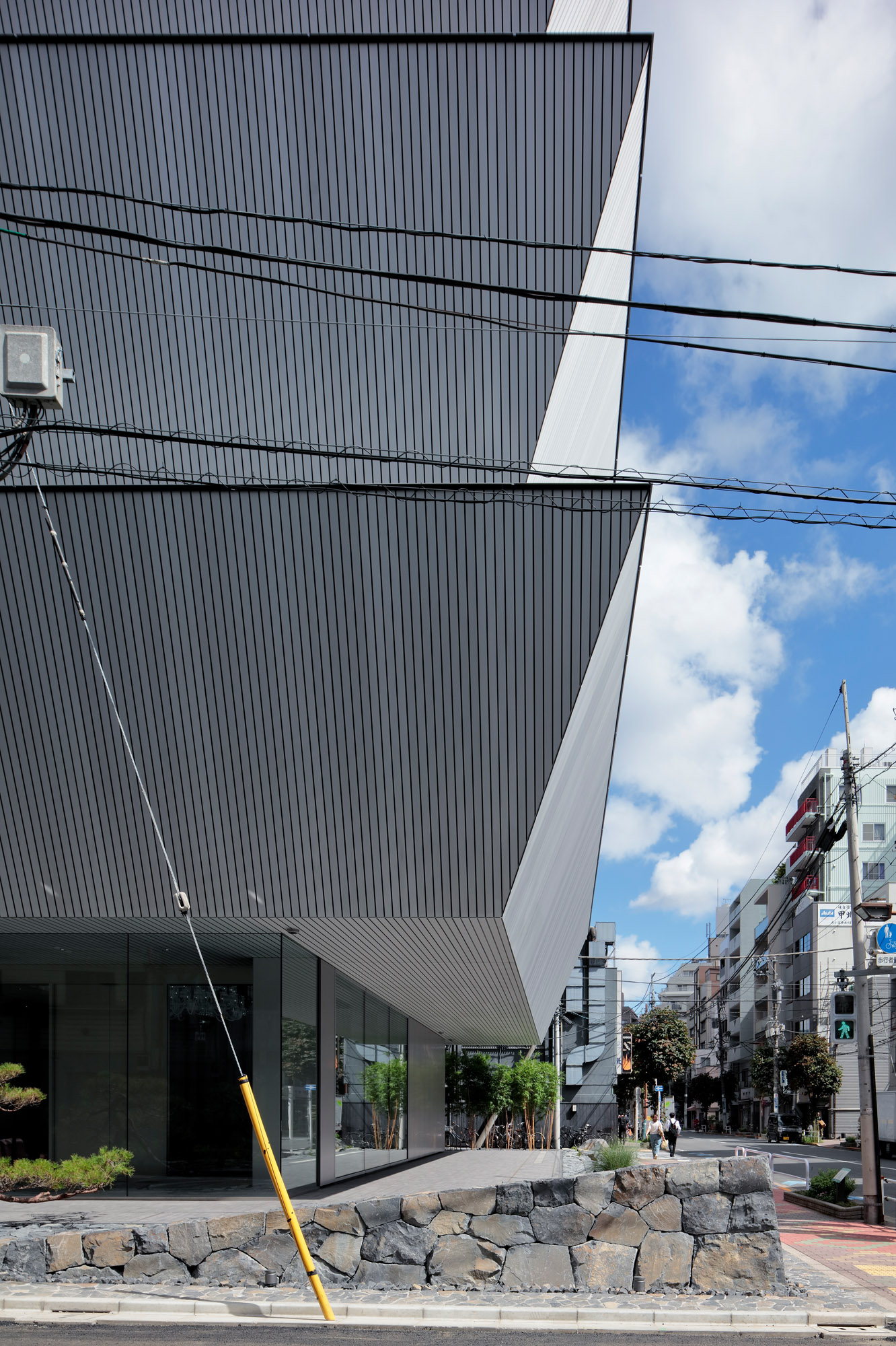
Monospinal balances the tightrope between offering a rich environment, full of character distilled from its users’ identity, while remaining effortlessly poised, relatively discreet, and even slightly mysterious to the outside world. ‘The building has become a landscape. The landscape here means that the building does not emit any information about its use or function. It is completely silent,’ says Yamaguchi, highlighting that just as nature operates in a seamless and organic way, buildings can also be part of that ecosystem, blending into a context.
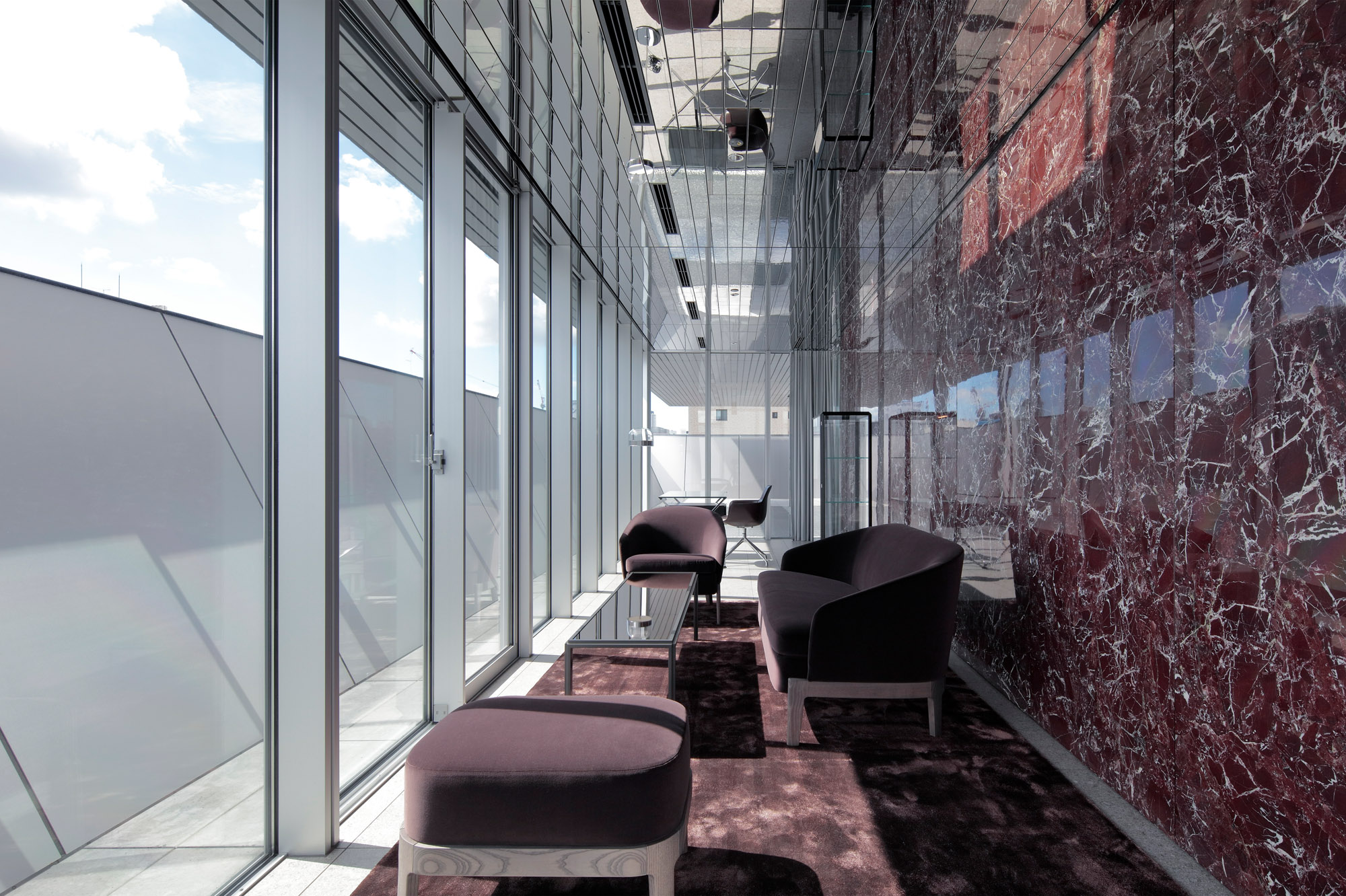
‘Sometimes people who see this building won’t even know that it is a building,’ he continues. ‘Depending on the season and the time of day, the viewer may be surprised at how the building glows, or might even overlook it. I am happy that we were able to realise our wish of becoming such a presence.’
A version of this article appears in the May 2024 issue of Wallpaper*, available in print, on the Wallpaper* app on Apple iOS, and to subscribers of Apple News +. Subscribe to Wallpaper* today







